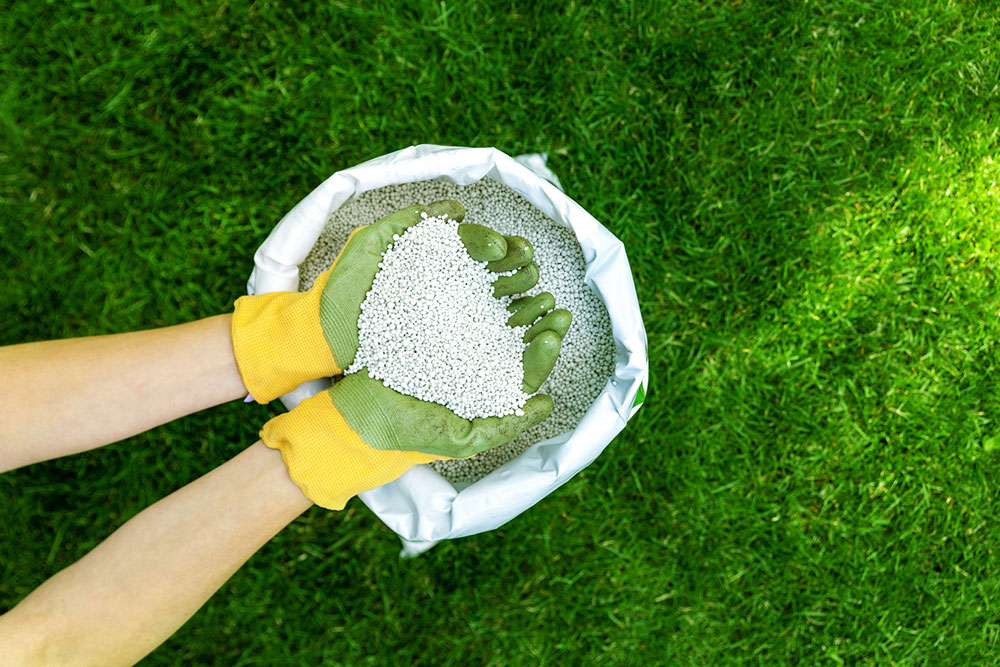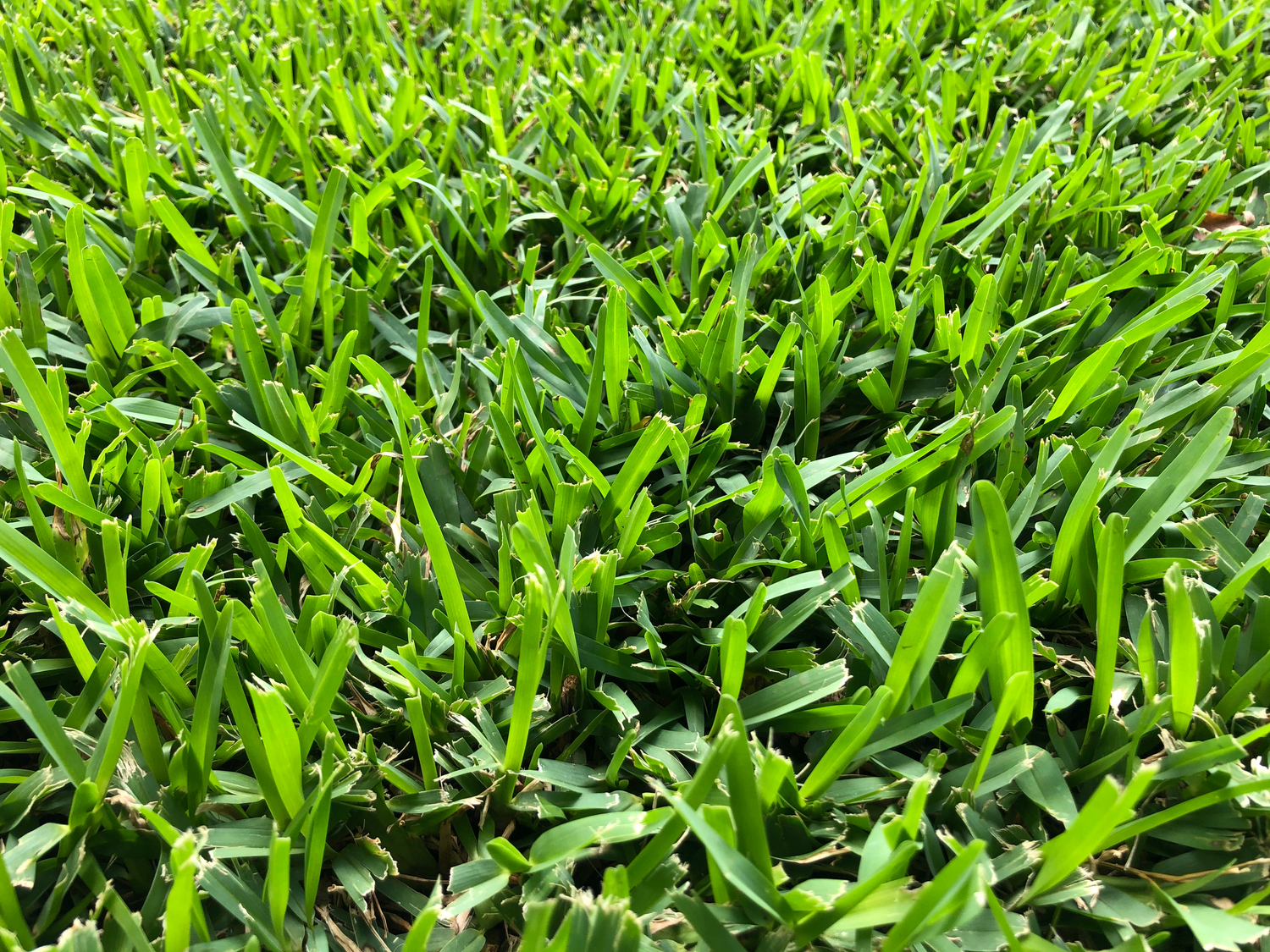Comprehensive Guide to Lawn Fertilizers and Selection Tips
Discover the various types of lawn fertilizers, including organic, synthetic, liquid, and granular options. Learn essential tips on selecting and applying the right fertilizer to maintain a vibrant, healthy lawn. Proper fertilization enhances grass growth, resilience, and overall lawn appearance, ensuring lush green results whether you choose a DIY approach or professional assistance.
Sponsored

Maintaining a beautiful, healthy lawn requires proper fertilization. Choosing the right fertilizer ensures lush, green grass and vibrant growth. Whether you prefer professional help or a DIY approach, understanding the types of fertilizers available is key to success.
Types of Lawn Fertilizers
The choice depends on your grass type, local climate, rainfall, and lawn needs. There are several main categories to consider:
Organic Options
Made from plant and animal materials, organic fertilizers release nutrients slowly, fostering long-term soil health. They boost beneficial microorganisms and improve water retention without adding synthetic chemicals, preventing soil degradation over years.
Synthetic Fertilizers
Unlike organic, synthetic options deliver nutrients rapidly, making lawns greener faster. Use in moderation to avoid harming the soil. These fertilizers mainly fall into three types based on nutrients: nitrogen, phosphorus, and potassium.
Nitrogen fertilizers enhance greenery, promote leaf and root growth, and are vital for vibrant lawns.
Phosphorus-rich fertilizers support root development and quick nutrient absorption.
Potassium-based fertilizers strengthen grass resilience against drought and heat, aiding recovery after stress.
Liquid (Fast-Acting) Fertilizers
Applied via spraying, these fertilizers are easy to use and offer quick nutrient absorption. However, they tend to dry out in hot weather and may wash away during heavy rains.
Granular (Slow-Release) Fertilizers
These dry pellets are spread over the lawn and watered in, releasing nutrients gradually over time. Their durability makes them resistant to weather conditions, offering a steady supply of nutrients and ideal for various lawn types.
In addition to these, fertilizers designed for specific seasons or weed control are available, further customizing lawn care.
Key Tips for Choosing the Right Fertilizer
Know your grass type—cool-season or warm-season—and analyze your soil's nutrient profile. Consider climate conditions, rainfall, and lawn goals. Consulting with lawn care professionals can optimize fertilization strategies.
Fertilizing Best Practices
To achieve optimal results:
Use appropriate spreaders—broadcast, drop, or handheld calibrated equipment.
Practice grasscycling by leaving grass clippings on the lawn.
Aerate soil periodically for better nutrient absorption.
Apply moderate amounts of fertilizer and water to prevent overfeeding.
Incorporate compost as a natural fertilizer alternative.






